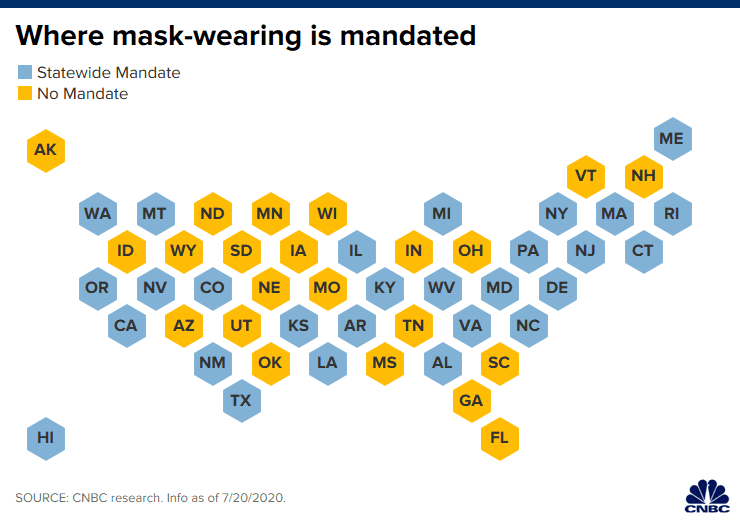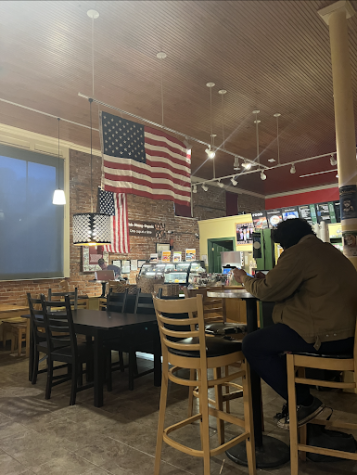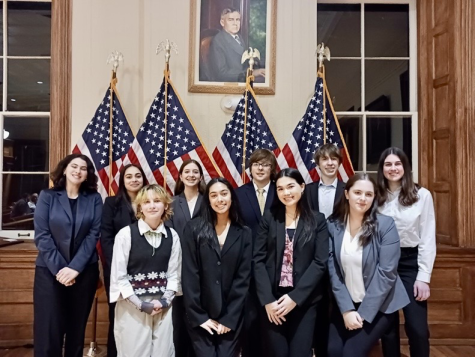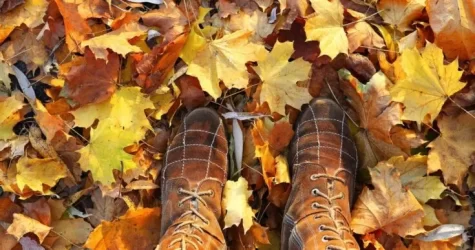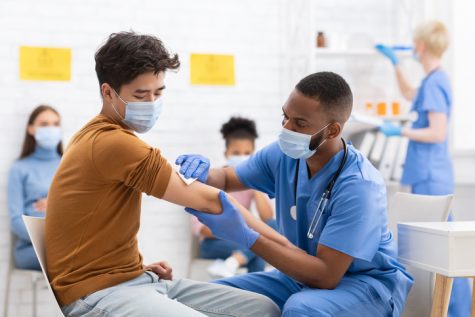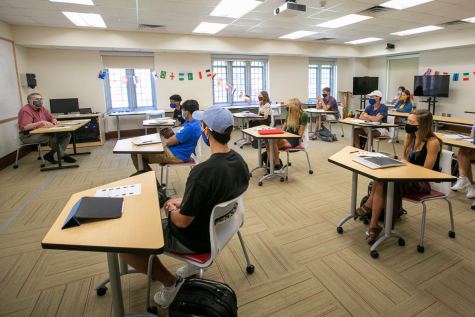A Post Mask Mandate NJ: How Are We Doing?
As we slowly go back to a more “normal” world, this begs the question: “How are we, as a community, doing?” Are we truly getting better, or are things slowly getting worse? Taking a look back, the mask mandate was initially instated around July 2020, as CBS states, “As of Monday [Monday, July 20, 2020], more than half of U.S. states have statewide mask mandates in place to curb the spread of the coronavirus.”
However, only less than two years later, some states have already started to reduce their restrictions on wearing masks, with New Jersey lifting their mask mandate on March 7th, 2022. Though many justifications could be used, one possible explanation for this is, “The latest data analysis from Newsweek showed that new reported infections in the majority of states have dropped by 60 percent or more since last month,” as stated by Don Rauf from Everyday Health. In order to attain a sense of normalcy, states have rolled back their mask policies and instead have given that power more so to individual businesses, districts, and schools. Is this working though? In our attempt to attain normalcy, are we simply pushing ourselves into, perhaps, more of a corner?
When referring back to March 7th, the day that the mask mandate was lifted, we can see that the cases averaged to about 975 new cases, with the daily average being 1,132 as according to The New York Times. However, as time progressed, the daily average number was shown to decrease, for the most part, as only one week later on Monday, March 14th there were only 430 new cases reported with about 913 cases being reported as the daily average. Though this data has fluctuated quite a bit, with some days being much worse than others, the daily average was shown to decrease. Recently, however, causes have started steadily increasing, exceeding the numbers of those reported on March 7th. The start of a steady increase in new cases can first be seen in late March, though the increase in the daily average number can be specifically pin-pointed around April 2nd of this year as its daily average number was the highest it has been since March 7th, averaging a total of 1,205 cases. Although the number of new cases had been higher that day by a large margin, as it was reported to be 1,493 cases, this number of new cases had been constantly fluctuating while the daily average number had been much more steady in its increase and decrease. Though as a state we were decreasing after the mask mandate was lifted, the amount of new cases has been steadily increasing as of recently which can only be expected to rise even further with the start of spring break. This is even further supported by the fact that during the first day of said break, April 15th, there was a daily average of 1,874 cases with the number of new cases being 1,575. The very next day, however, the daily average was 2,065 cases with the number of new cases being 2,964. Though this number did decrease a bit on April 17th, as the daily average was 2,042 cases with there only being 1,649 new cases, it is undeniable that there has been an increase of new cases recently.
With this recent growth in numbers of COVID cases, add on to that the start of spring break where many students are most likely traveling around or outside the country, it is highly likely that this break could only serve to exacerbate the number of COVID cases. Many places have already started to take note of this, as according to Lauren McCarthy from The New York Times,
“South Brunswick High School, in Middlesex County, N.J., announced that beginning on Friday masks again became mandatory in classrooms and will be required through next week in order to curb the spread of coronavirus during a significant spike of cases. The move signals a potential resumption of mitigation strategies in schools as the highly contagious BA.2 subvariant of Omicron spreads across the country.”
The BA.2 is a subvariant of the Omicron subvariant and is already taking a stronghold of the US public as stated by Katerine Rodriguez from NJ.com. Furthermore, it was recently reported [on April 18th around 4:00 pm] by NBC New York that the NJT, or the NJ Transit, will continue to uphold mask regulations and will “continue to comply with all federal and state health guidance as we have since the onset of the pandemic”. Though we are starting to return to a sense of normalcy following the lifting of the mask mandate, we also have to make sure that we are taking care of ourselves and those around us to actually return to a more “normal” world faster.
